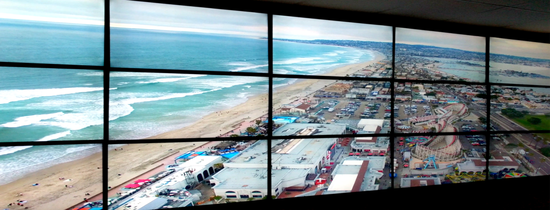Biography
I’m a DevOps Engineer with over a decade of experience in architecting and automating mission-critical infrastructure across on-premises, cloud, and cyber-physical systems. With a strong Linux background and a passion for leveraging SRE principles and DevOps processes, I focus on reducing complexity and delivering scalable, reliable solutions.
Throughout my career, I’ve worked on large-scale deployments using tools like Kubernetes and Terraform, driving infrastructure automation and empowering development teams to focus on building, not managing infrastructure. While Python has been my scripting language of choice for automating workflows and streamlining data processes, I’ve recently been leaning more into Golang for various tasks.
Previously, at NYU CUSP, I developed a range of infrastructure solutions, including building secure IoT platforms and designing scalable compute and storage systems. I also had the opportunity to teach as an Adjunct Professor at NYU, covering topics such as wireless sensor networks, Internet of Things, and microservices architecture. My experience also includes creating the
Urban Computing Skills Lab, an online course for graduate students.
In addition to my industry work, I’ve contributed to urban research projects like the
Urban Observatory and
Sounds of New York City, where I have co-authored and published several papers. I am passionate about applying technology to understand and improve urban environments.
I earned my Master’s from NYU Tandon School of Engineering in Computer Systems and Networking, where I developed
Citysynth, a project leveraging networked devices to monitor and analyze the New York City skyline.
I consider myself a lifelong learner, continuously advancing my skills and staying on the cutting edge of DevOps practices, cloud infrastructure, and urban computing through ongoing professional development and curiosity.
Download my resumé.
Interests
- Cloud infrastructure automation
- Distributed computing
- Kubernetes and container orchestration
- DevOps best practices and SRE principles
- Urban computing and IoT research
Education
-
MS in Computer Systems and Networking, 2014
New York University
-
BE in Electronics and Telecommunication Engineering, 2012
Vidyalankar Institute of Technology






